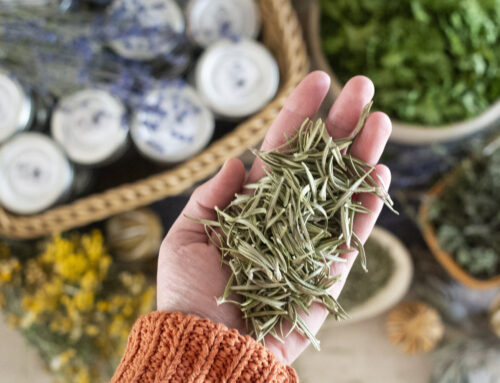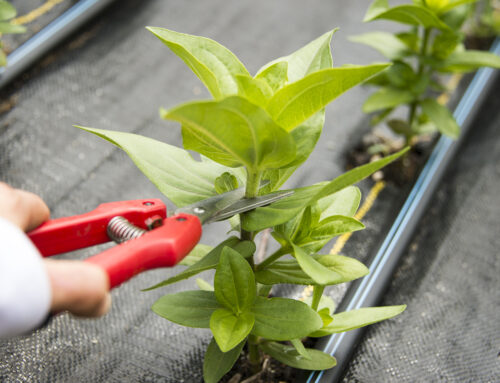I’ve been running the food dehydrator non-stop to my husband’s dismay. Everyday he says silly things like, “You haven’t finished drying that parsley yet?” I have to remind him that now I’m drying something else. Like sage, rosemary or thyme. Since I grow, use and dry so much of it, I’m going to share my methods on how to dry thyme with you!
This week I’ve been harvesting and drying a TON of thyme. We grew quote a few different varieties in bulk this year. Some of my favorites include: French, English, Silver Edged, Lemon, Spicy Orange and Lavender.
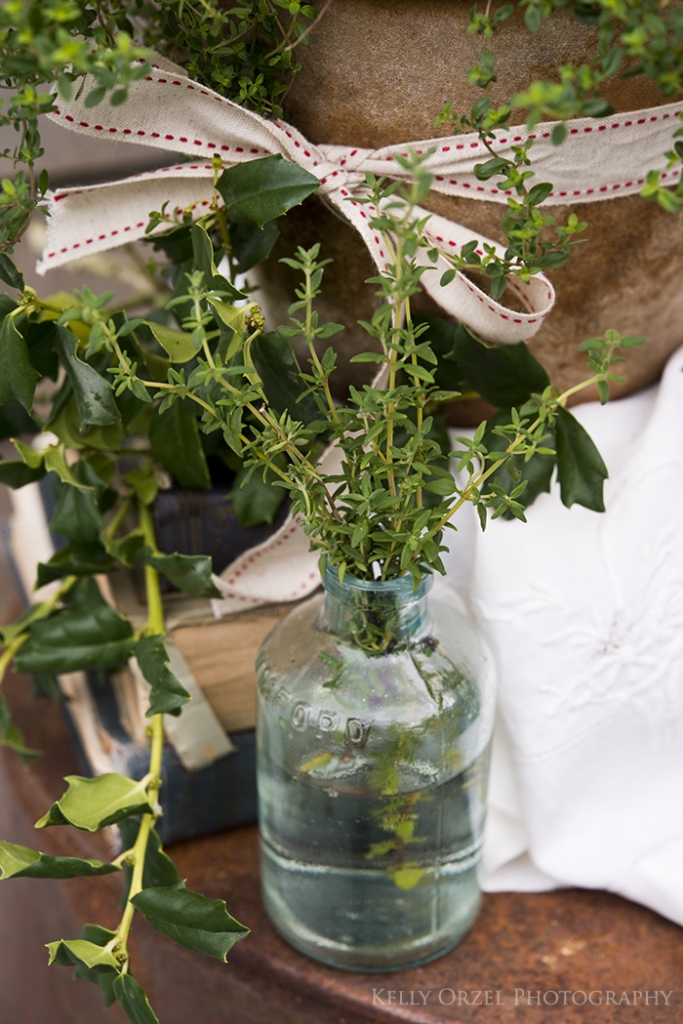
Culinary French Thyme is typically the best tasting and the most requested by our restaurant and chef clients. This variety drys exceedingly well and maintains its delicious flavor. English is another highly sought after variety and the one most home gardeners are familiar with.
While we grew both on the farm this year, I personally found the French variety edges out the English ever so slightly in flavor. Silver Edged is also a good choice because it can be used in cooking but looks just as pretty in the garden or a pot with its silvery-white edges.
Lemon is a must if you like to cook with fish and Lavender is a good addition to rice, pot roasts and doughs if you like the flavor of lavender (it really does have a lavender taste!). And I found spicy orange is best for borders. I adore its citrusy-orange scent as I step on or brush against it in the garden.
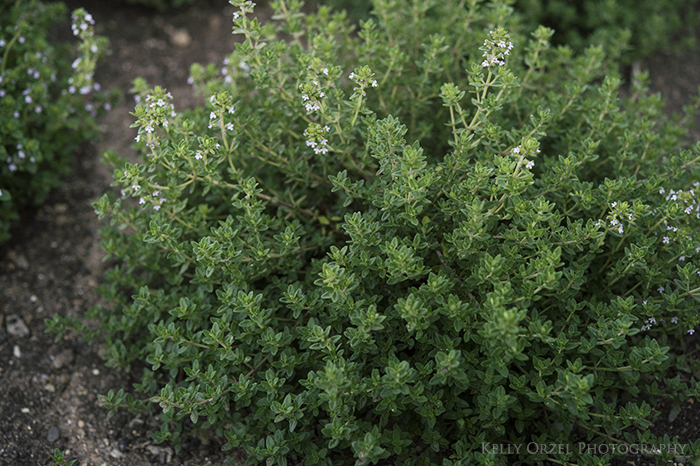
Thyme—fresh or dry—is a must-have in the kitchen for me. It is an essential herb in spice mixes like bouquet garni and herbes de Provence. I use it in soups, stews, herb breads, marinades and meats. With so many uses in the kitchen, it is a no-brainer for us to grow and dry so we have home-grown thyme all year long.
How to Dry Thyme
And drying this herb couldn’t be easier! Harvest stems early in the morning. Cut right before your thyme blooms for peak flavor. Rinse and shake off any excess water. You can dry the leave on or off the stem, but they’ll dry quicker off.
If you have a dehydrator kudos to you, it should take a couple of days. If not, don’t worry, you can bundle a few springs together and hang them upside down in a room that is a at least 50ºF for a week or so. Once dried, the leaves should come off easily by using your thumb and forefinger to squeeze and run them down the stem.
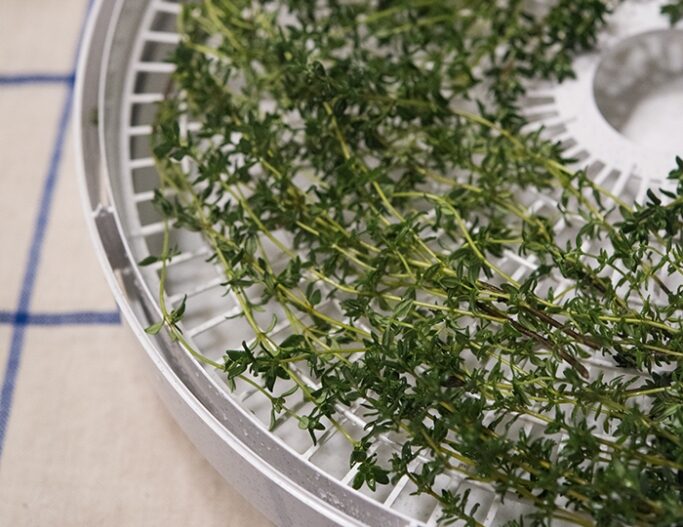
Now just store them in an airtight container out of sunlight to maintain flavor. And as a rule of thumb use one teaspoon of dried thyme for every tablespoon of fresh when cooking in soups, herb breads and marinades


